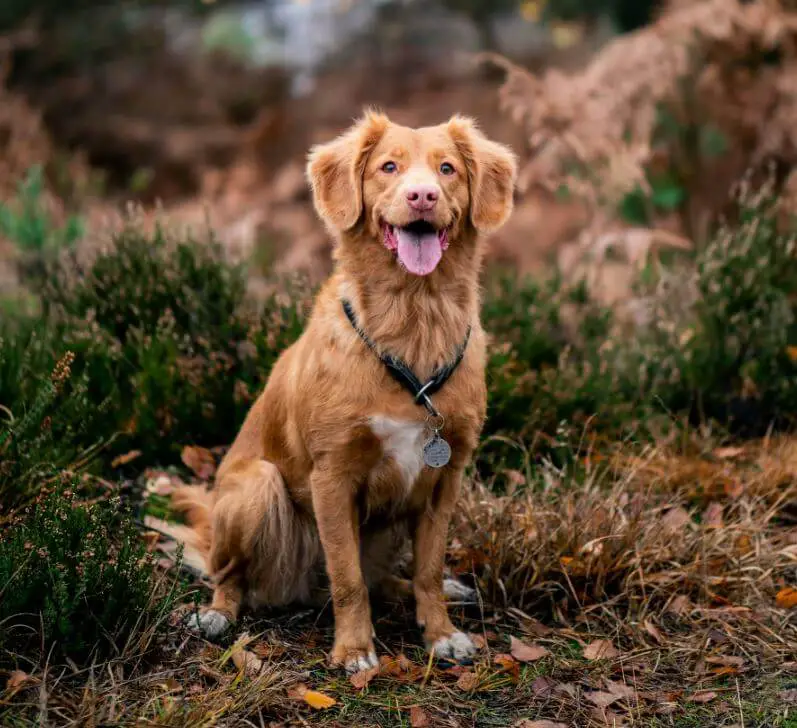Are you puzzled by your dog’s tendency to simply stare at you instead of following your commands? Understanding why your furry friend behaves this way can help improve communication and training effectiveness. Here are some insights into why your dog might be giving you the blank stare, along with tips on how to address it.

Confusion:
- Unclear Communication: One reason your dog might stare blankly at you is because of unclear communication. Ensure that you use consistent body language and verbal cues when giving commands. Use a firm tone and stick to a specific command word, such as “sit” or “down,” to avoid confusion.
- Unfamiliar Command: Introducing a new command can also lead to confusion. Break down the command into smaller, more manageable steps, and be patient as your dog learns. Reward successful attempts to reinforce the desired behavior.
- Mixed Signals: Be mindful of any conflicting signals you may inadvertently send. Ensure that your verbal commands align with your hand gestures and facial expressions to avoid confusing your dog.
Attention Seeking:
- Past Rewards: Your dog may have learned that staring at you results in treats or attention, even without obeying the command. Avoid rewarding this behavior and wait for your dog to comply with the command before offering praise or treats.
Trying to Understand:
- Learning Process: Dogs learn through observation and interpretation. Your dog’s stare might indicate that they are trying to understand what you want them to do. Be patient and provide clear cues to facilitate their learning process.
- Apprehension: If the command is associated with something unpleasant, such as grooming or vet visits, your dog’s stare may indicate apprehension or hesitation. Create a positive association with the command through rewards and gentle encouragement.
Tips to Improve Communication:
- Keep Training Sessions Short and Positive: Opt for short, positive training sessions over long, frustrating ones. Reward your dog generously for correct responses to reinforce good behavior.
- Lure and Reward: Use treats or toys to lure your dog into the desired position and reward them immediately for following the command correctly. This positive reinforcement encourages your dog to repeat the behavior.
- Hand Signals: Incorporate hand signals alongside verbal commands to provide additional visual cues. This can enhance clarity and understanding, especially for dogs that respond well to visual cues.
- Be Patient: Learning takes time and repetition. Be patient with your dog and avoid getting frustrated during training sessions. Consistency and positive reinforcement are key to successful training outcomes.
Additional Considerations:
- Age and Breed: Keep in mind that puppies and certain breeds may require more time to grasp new commands. Tailor your training approach to suit your dog’s age, breed, and individual learning style.
- Underlying Medical Issues: If your dog’s staring behavior is accompanied by other unusual symptoms, such as changes in appetite or energy levels, consider consulting a veterinarian. Vision or hearing problems could hinder your dog’s ability to understand commands.
By understanding the reasons behind your dog’s stare and implementing clear communication, positive reinforcement techniques, and consistent training, you can foster effective communication and strengthen the bond between you and your furry companion.
